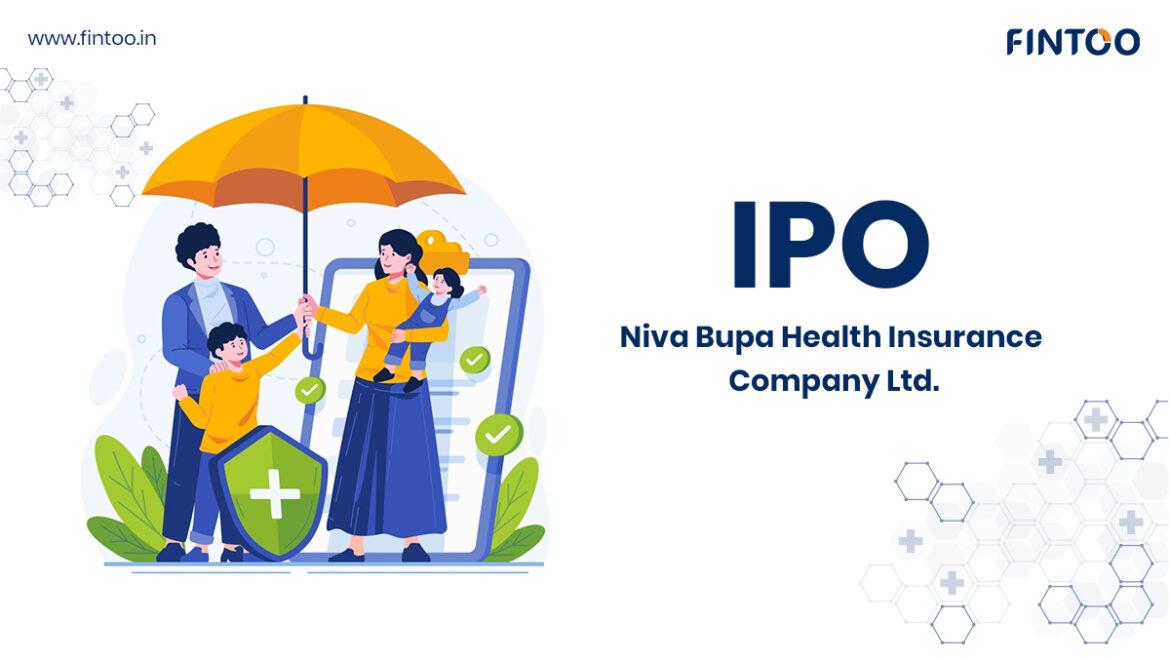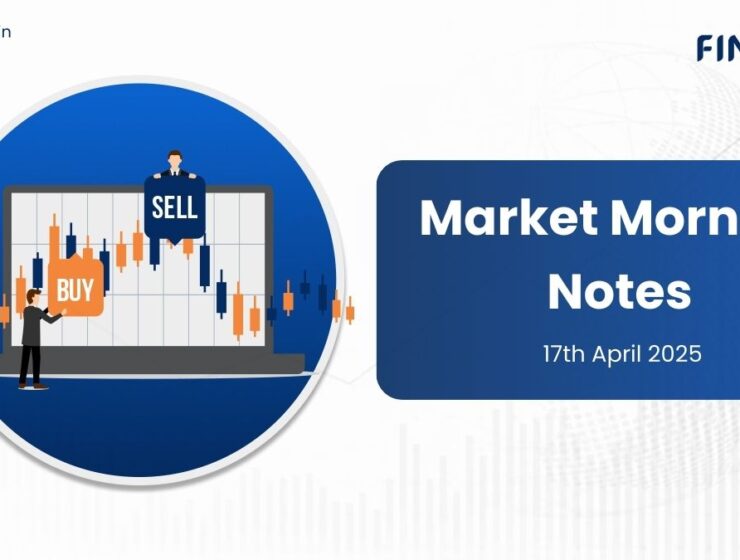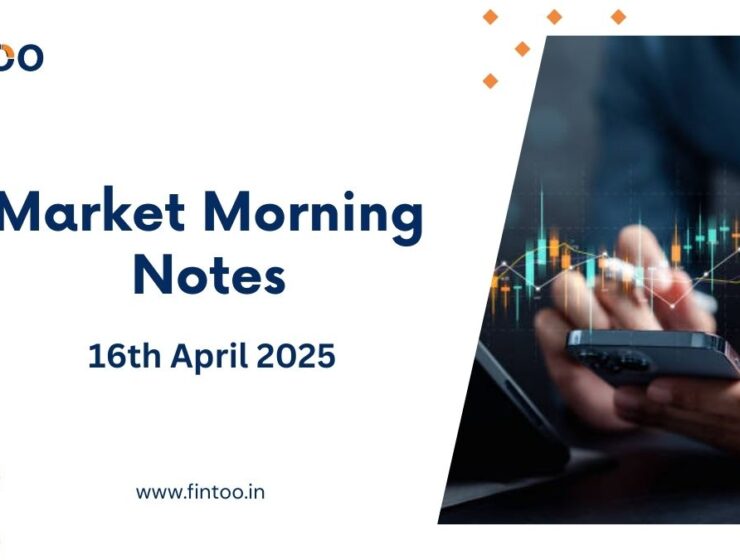

Highlights
| Issue Size –: 297,297,297 shares | Issue Open/Close – 7 Nov / 11 Nov, 2024 |
| Price Band (Rs.) 70 – 74 | Issue Size (Rs.) – 22,000 mn |
| Face Value (Rs) 10 | Lot Size (shares) 200 |
Niva Bupa Health Insurance Company Limited (NBHIL) incorporate in 2008, is a is a joint venture between the Bupa Group and Fettle Tone LLP and it is a 3rd largest IRDAI-recognized Standalone Health Insurers (SAHI) company based on based on overall health GDPI of Rs 25.78 bn YTD Aug’FY25, which grew at a CAGR of 32.80 pct from YTD Aug’FY24 to Aug’FY25.
Their products are broadly categorized into (a) retail products, which are intended for individuals and families and (b) group products, which are intended for employers and employees, as well as third parties such as customers of banks and other corporate agents.
NBHIL had 14.99 mn active lives insured as of Q1FY25. They are strategically focused on the retail health market. Their approach towards customer portfolio management is based on their in-house developed recommendation engine, which determines LTV and leverages data analytics based on several variables to assess and predict risks.
As part of product development strategy, NBHIL aim to develop products that cater to various customer groups in the market that are determined based on 3 main attributes of customers, namely (i) Life stage, depending on the age of the customer, whether they are students, married with children or the elderly (ii) Health status and requirements, such as healthy customers who are wellness focused, consumers who are at risk or have chronic health conditions with disease management requirements and (iii) Socio-economic status, depending on their net worth and income profile.
Out of the total proceeds of Rs. 22,000 mn, Rs. 8,000 mn proposes to utilize the Net Proceeds towards augmentation of capital base to maintain and strengthen its solvency margin and solvency ratio. As per applicable IRDAI norms prescribed under the IRDAI AFIF regulation, they are required to maintain a minimum solvency ratio of 1.50x. And Rs. 14,000 mn would go towards existing selling shareholders of the company.
Key Highlights
- In India, Health Insurance Sector is underpenetrated (GWP as pct of GDP), Non-life Insurance contributes 1 pct which far below global average of 4.2 pct. As per reports, insurance GDPI is expected to reach Rs. 18-19 trillion (USD 215-225 bn) by FY28, with life and non-life insurance constituting approximately 71 pct and 29 pct, respectively. Between FY23 and FY28, non-life insurance GDPI is expected to grow at a CAGR of 15-16 pct. NBHIL is well positioned to tap such growth opportunity.
- The company rely on this LTV approach to optimize their product-to-customer group mapping across their distribution channels. They are able to strategically focus the distribution of products through selected distribution channels to target specific customer groups. They have relied on this strategic approach of selling high-LTV products to high-LTV customers through targeted distribution channels to increase the average ticket size of their policies.
- NBHIL on their digital stack, which is a combination of in-house tools and also tools co-created with their digital partners, for carrying out underwriting, risk-based pricing, which contributes towards improved conversion, claims management, claims adjudication and real-time fraud detection using machine learning algorithms. With more than 16 years of operations as a standalone health insurer in India, they have built data bases which allows them to run data analytics to drive renewals and implement cross-sell strategies.
- They have delivered strong customer service metrics on claims with a 91.93 pct claims settlement ratio for FY24. In addition, 88.41 pct of pre-authorized cashless claims were approved in less than 30 minutes in the Q1FY25 and as per reports, they have the highest percentage of pre-authorized claims processed within 1 hour among all SAHIs.
- NBHIL’s key strategies includes (i) Continuing to grow their product portfolio to serve the needs of customers, expand partnerships with Network Hospitals, and further develop their healthcare ecosystem (ii) Continue to invest in technology and analytics to facilitate the sales and servicing of products (iii) Expand their presence in existing geographies within India, invest in deepening our distribution channels and increase market share in retail health insurance (iv) Continue to invest in talent recruitment, development and retention to drive execution (v) Deepen culture of sustainability and doing the right thing to create a sustainable health franchise for future generations.
- The GWP and AUM of the company has grown 41.27 pct CAGR and 50.77 pct CAGR over the same period. During FY24, company reported total income of Rs. 3,287 mn which fell by ~20.42 pct YoY. As of FY23 the company reported profit of Rs. 818 mn which was increased by 6x over FY22. During Q1FY25 the loss came at Rs. 188 mn which was come down from loss of Rs. 721 mn in Q1FY24.
Key Risk
- They are required to meet the mandatory control level of solvency margin as prescribed under the Insurance Act and they could be subject to regulatory actions and could be forced to stop transacting any new business or change their business strategy which can slow down their growth.
- NBHIL may be unable to obtain reinsurance on a timely basis at reasonable costs and could be exposed to credit risks in their reinsurance contracts, including with General Insurance Corporation of India.
- If NBHIL fail to develop and maintain satisfactory relationships with Network Hospitals, they may not be able to continue to offer cashless claims to their customers and their ability to effectively manage claims costs may be adversely affected.
Financial Performance
| (In millions, unless otherwise stated) | FY22 | FY23 | FY24 | Q1FY24 | Q1FY25 |
| GWP | 28100 | 40730 | 56076 | 11190 | 14642 |
| NWP | 21576 | 31831 | 44210 | 8851 | 11516 |
| Profit/loss | (1965) | 125 | 819 | (722) | (188) |
| Assets Under Management | 24013 | 33661 | 54582 | 37376 | 56744 |
| Yield on Total Investments % | 6.60% | 6.70% | 7.13% | 6.92% | 7.58% |
| Solvency Ratio (x) | 1.72x | 1.67x | 2.55x | 1.74x | 2.39x |
| Retention Ratio % | 76.78% | 78.15% | 78.84% | 79.09% | 78.65% |
| Claims Ratio % | 62.12% | 54.05% | 59.02% | 65.44% | 64.03% |
| Expense Ratio % | 45.40% | 43.20% | 39.77% | 42.75% | 42.05% |
| Combined Ratio % | 107.52% | 97.25% | 98.79% | 108.19% | 106.08% |
Peer comparison based on FY24 Financials
| Peers | Health Market Share % | Claims Settlement Ratio % | Claims Ratio % | Expense Ratio % | Combined Ratio % |
| The New India Assurance | 16.99% | 99.90% | 97.36% | 23.51% | 120.87% |
| Bajaj Alliance | 13.95% | 95.12% | 73.80% | 26.06% | 99.85% |
| ICICI Lombard | 6.48% | 86.58% | 70.79% | 32.52% | 103.30% |
| National Insurance | 6.07% | 90.22% | 95.90% | 31.01% | 126.92% |
| Care Health | 6.05% | 92.61% | 57.69% | 37.16% | 94.86% |
| Aditya Birla | 5.72% | 95.61% | 68.31% | 41.68% | 109.99% |
| HDFC Ergo | 5.51% | 97.94% | 87.70% | 24.43% | 112.14% |
| Tata AIG | 5.10% | 100.00% | 71.43% | 37.86% | 109.29% |
| Niva Bupa | 3.20% | 91.93% | 59.02% | 39.74% | 98.76% |
| Star Health | 2.39% | 86.49% | 66.47% | 30.20% | 96.67% |
| Manipal Cigna | 1.54% | 88.54% | 63.78% | 46.62% | 110.40% |
Valuation
Niva Bupa Health Insurance Company Limited is the 3rd largest IRDAI-recognized Standalone Health Insurers (SAHI) company based on based on overall health GDPI of Rs 25.78 bn YTD Aug’FY25. With their association with the Bupa Group, they have access to its international healthcare insurance experience and they have delivered many industry-firsts in terms of product innovation in the Indian health insurance. At the upper end of the price of Rs. 74, the issue quotes at P/BV of 4.7x based on Q1FY25 post issue Net Asset Value. The issue looks fully priced. One can avoid this issue.
Also read: Why Is Financial Advisory Important?
Disclaimer: The views shared in blogs are based on personal opinions and do not endorse the company’s views. Investment is a subject matter of solicitation and one should consult a Financial Adviser before making any investment using the app. Investing using the app is the sole decision of the investor and the company or any of its communications cannot be held responsible for it.
Related Posts
Stay up-to-date with the latest information.


